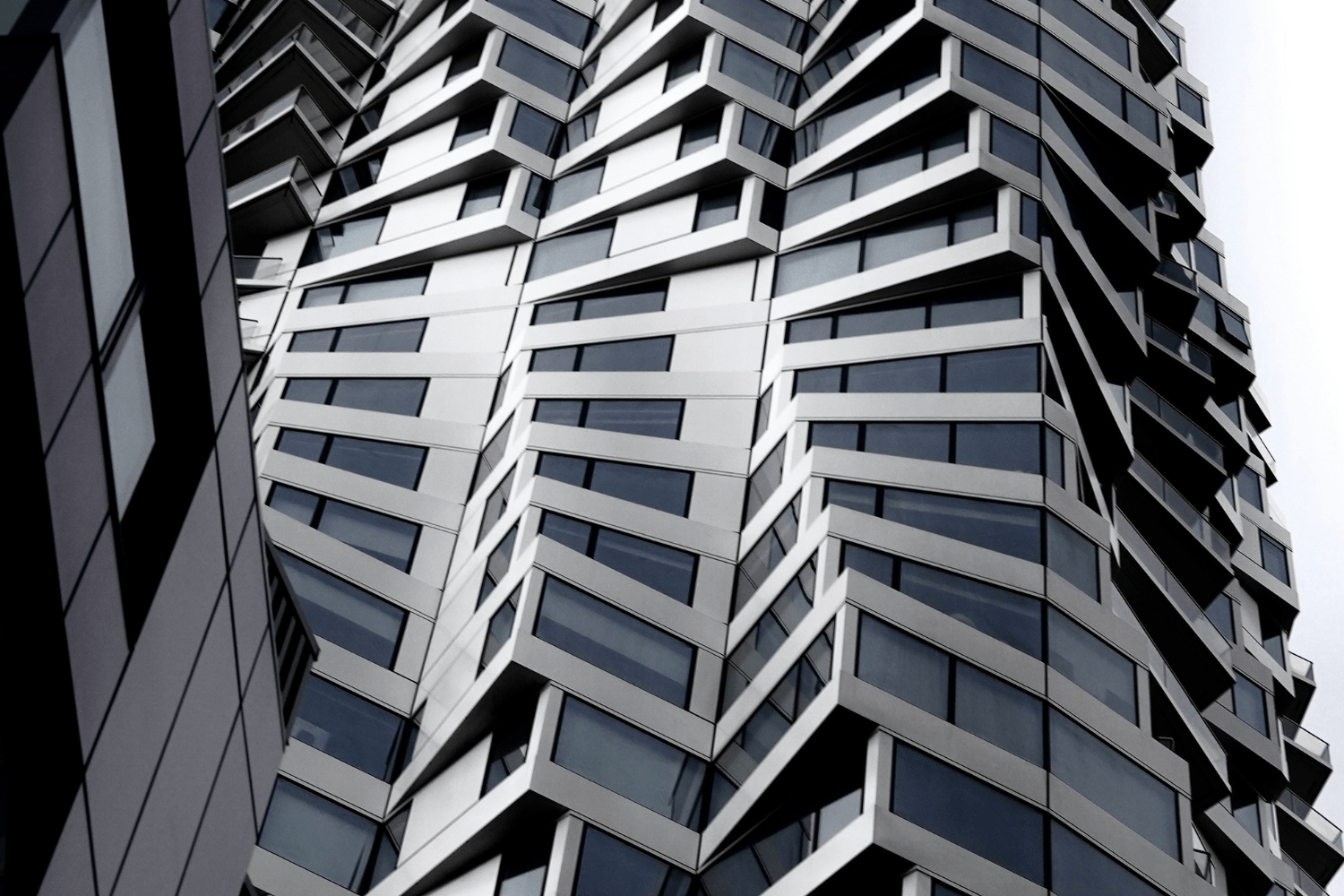- Home
- Articles
- Architectural Portfolio
- Architectral Presentation
- Inspirational Stories
- Architecture News
- Visualization
- BIM Industry
- Facade Design
- Parametric Design
- Career
- Landscape Architecture
- Construction
- Artificial Intelligence
- Sketching
- Design Softwares
- Diagrams
- Writing
- Architectural Tips
- Sustainability
- Courses
- Concept
- Technology
- History & Heritage
- Future of Architecture
- Guides & How-To
- Art & Culture
- Projects
- Interior Design
- Competitions
- Jobs
- Store
- Tools
- More
- Home
- Articles
- Architectural Portfolio
- Architectral Presentation
- Inspirational Stories
- Architecture News
- Visualization
- BIM Industry
- Facade Design
- Parametric Design
- Career
- Landscape Architecture
- Construction
- Artificial Intelligence
- Sketching
- Design Softwares
- Diagrams
- Writing
- Architectural Tips
- Sustainability
- Courses
- Concept
- Technology
- History & Heritage
- Future of Architecture
- Guides & How-To
- Art & Culture
- Projects
- Interior Design
- Competitions
- Jobs
- Store
- Tools
- More

The design of a building is often judged by its facade, and in the ever-evolving world of architecture, facades have become increasingly complex and innovative. With advances in technology and a deeper understanding of environmental impacts, architects are exploring new materials, techniques, and designs that push the boundaries of what’s possible. Let’s dive into the world of futuristic facades and discover the intricate design processes behind them.
Table of Contents
Toggle1. Dynamic Facades:
In the future, buildings will not just stand still. Dynamic facades are those that have the capability to change according to various parameters, be it weather conditions, the position of the sun, or even the preferences of its occupants. Think of shades that adjust automatically to sunlight, or panels that open and close to regulate temperature and airflow.
Design Process: The design of dynamic facades involves extensive modeling and simulation. Architects collaborate with engineers to develop systems that respond to external stimuli. The key is to make these movements energy-efficient, ensuring that the benefits of the dynamic elements outweigh the energy consumed to move them.

2. Interactive Facades:
Imagine a facade that interacts with its surroundings. Using sensors and digital interfaces, these facades can display information, respond to touch, or even change color based on external factors.
Design Process: Such facades require a deep integration of technology into architectural designs. Architects collaborate closely with tech experts to embed sensors, LEDs, and other digital elements seamlessly into the building’s envelope.
3. Sustainable Facades:
Green architecture has become more than just a trend; it’s a necessity. Facades designed with sustainability in mind often incorporate materials that are recycled, recyclable, or have minimal environmental impact. Additionally, they may incorporate living walls, solar panels, and rainwater harvesting systems.
Design Process: Sustainability starts from the conceptual stage. Architects work with sustainability consultants to evaluate the lifecycle impact of different materials, ensuring the chosen options have a low carbon footprint. Special software can also simulate the environmental impact of a building, helping to refine designs for maximum efficiency.

4. Adaptive Reuse:
The future doesn’t always mean building anew. Adaptive reuse involves taking old, often historic, structures and giving them a new lease of life with a futuristic facade.
Design Process: This involves a delicate balance of preserving the essence of the original structure while introducing modern elements. Detailed site analysis, structural assessments, and historical research guide the transformation process, ensuring the new facade respects and complements its roots.
5. Material Innovations:
The facades of tomorrow may use materials we haven’t even heard of today. Self-healing concrete, translucent wood, and aerogels are just a few examples of innovative materials that could define future facades.
Design Process: Experimentation is crucial. Architects and material scientists work hand in hand to test the properties, strengths, and limitations of new materials. Prototyping and mock-ups help in understanding how these materials behave in real-world conditions.

6. Biophilic Designs:
Nature and architecture are becoming more intertwined, with designs drawing inspiration from organic forms or directly incorporating living elements into facades.
Design Process: Biophilic design is deeply interdisciplinary. It involves understanding biology, ecology, and architecture. Digital tools like parametric design software help in creating intricate patterns and structures inspired by nature, while horticultural expertise ensures that living elements thrive.
7. Smart Facades:
In a world that’s rapidly digitizing, it’s only fitting that our buildings keep pace. Smart facades are embedded with technology, allowing them to collect data, communicate with other systems, and optimize their performance based on real-time feedback. This can range from facades that optimize light entry during different times of the day to those that “communicate” with a building’s HVAC system to regulate internal temperatures more efficiently.
Design Process: The integration of smart technologies necessitates a collaborative approach between architects, software developers, and data analysts. The facade’s design starts with defining the desired outcomes – for instance, energy savings or enhanced occupant comfort. From there, appropriate sensors, actuators, and communication modules are embedded into the facade. Data collected can then be processed either on-site or on cloud platforms, with insights used to drive adaptive responses. Regular calibration ensures that these smart facades continue to operate optimally over time, adapting to changing conditions and technological advancements.
In Conclusion:
Futuristic facades are a blend of science, art, and technology. They reflect society’s aspirations, environmental concerns, and technological prowess. With every brick laid and panel mounted, architects and designers are not just constructing buildings; they’re crafting the future skyline. As we look ahead, it’s clear that the facades of tomorrow will be not only visually captivating but also smarter, more responsive, and more integrated with the environment than ever before.

Submit your architectural projects
Follow these steps for submission your project. Submission FormLatest Posts
How Facades Tell Cultural Stories
How facades tell cultural stories—decode symbols, materials, and climate cues with regional...
Top 10 Examples of Dynamic Facade Designs Around the World
Dynamic facades are transforming contemporary architecture with systems that move, react, and...
8 Trends in Dynamic Facade Design You Need to Know
Dynamic façades are reshaping contemporary architecture by responding to climate, light, and...
Transform Ordinary Facades Into Striking Designs With These Key Upgrades
When it comes to enhancing the appearance of a home, few aspects...












Leave a comment